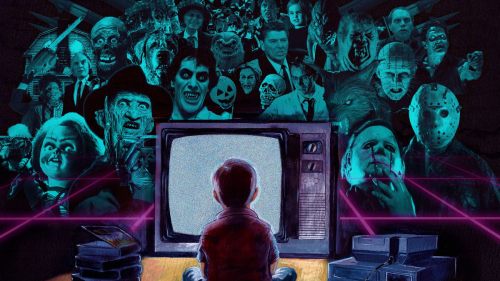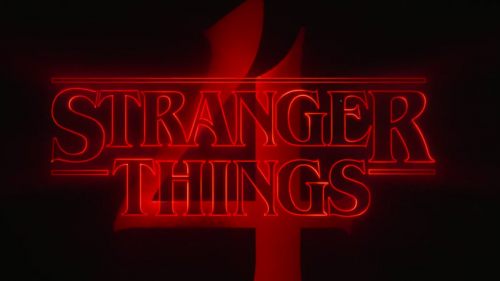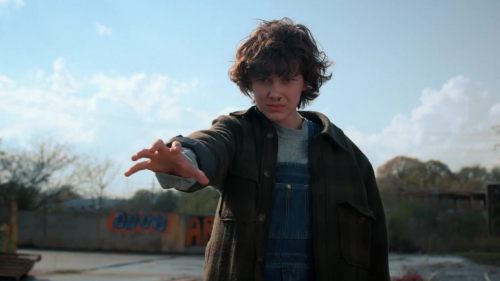THE NEVERENDING STORY At 35: Still Fighting Against The Sadness
If you caught the third season of Stranger Things, chances are you’ve had the theme song from The NeverEnding Story stuck in your head for weeks (embrace it, it’s a part of you now). While the show’s charming homage has introduced an entirely new audience to the film, it’s been thirty-five years since children of the eighties first watched in utter despair as the courageous Atreyu (Noah Hathaway) lost his faithful horse Artax in the “Swamps of Sadness.” We’re still not over it.

“Everyone knew that whoever let the sadness overtake him would sink into the swamp.”
Adapted by Wolfgang Petersen (In the Line of Fire, Air Force One) from Michael Ende’s novel, the 1984 German fantasy film is affectionately remembered for its inventive imagery and menagerie of peculiar creatures. A storybook brought to life, Bastian (Barret Oliver) leads us to the magical realm of Fantasia, a world once sustained by the hopes and dreams of mankind now plagued by a despairing force known as "The Nothing." Home to all manner of whimsical creatures from luck dragons and rock biters to racing snails and giant turtles, Fantasia is – to borrow the words of a certain wise candy man – pure imagination. But despite all the beauty on display, it’s the story’s darkness that resonates. Beyond the puppetry and special effects, the real magic of The NeverEnding Story is that it never underestimates the intelligence of its intended audience. Cleverly disguising reality as make-believe, it allows kids the opportunity to discover, in their own time, that the tale holds a lot more truth than fiction.

“He simply can’t believe that one little boy could be that important.”
Like E.T. before it, followed by Harry Potter and Stranger Things, children are the heroes of The NeverEnding Story. Winning us over with their bravery in a perilous quest to save Fantasia, alongside enchanting creatures like the beloved Falkor with his dopey dog-like demeanor. But the film’s greatest strength lies in ensuring the story belongs to everyone. Championing the power of imagination, at its center is the moral to never give up on your dreams. Using the impending threat of “The Nothing” as a manifestation of the inescapable doubt and despair that plagues and distracts our minds from believing any kind of magic, or hope, still exists in the world. While we’re quick to place ourselves in the role of Bastian (always reading the adventures of others, never embarking on his own), The Childlike Empress (Tami Stronach) breaks the fourth wall, inviting our wishes and dreams into the fight against the sadness. As adults the film’s overt hopefulness may strike us as corny, but as children we freely embraced the idea that we truly had the power to save this imaginary world.

“The more wishes you make the more magnificent Fantasia will become.”
The NeverEnding Story has held a special place in the hearts of so many for over three decades now. Sure, some are still reeling from the traumatic life lessons it imparted, but I’m grateful the filmmakers didn’t tone the story down to suit any misguided notions about a child’s inability to handle the more frightening themes. After all, if we’ve learned anything from the edgier “kid-friendly” movies of the 1980s, it’s that kids crave the kind of honest and adventurous storytelling that empowers them without talking down to them. Revisiting the film now is a welcome reminder of that time when we allowed ourselves to be swept up in the story, letting our imagination pull us out of the chaotic confines of our heads and into another realm. We all need a break from "The Swamps of Sadness" now and then. So, if you find yourself revisiting or watching the film for the first time this weekend, I hope you find it's still capable of taking you under its spell. You may be older now, but you'll always be a part of this story.



